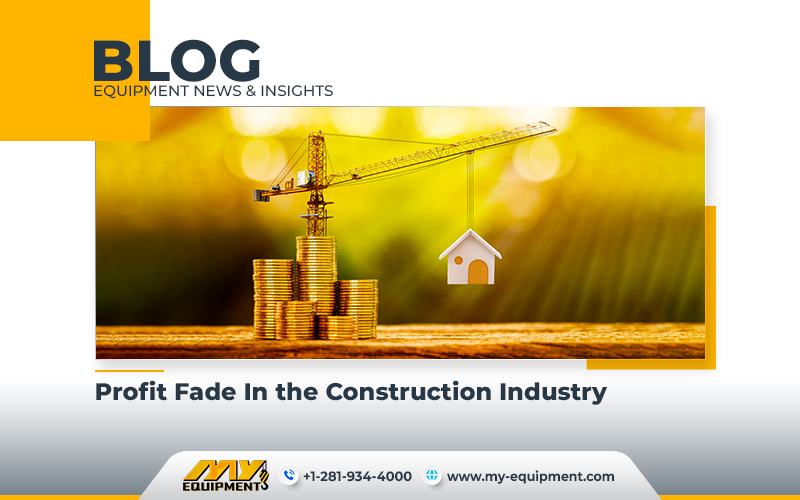Profit fade refers to a situation in which a contractor’s expected profit margin on a construction project decreases or disappears by the time the project is completed. It can be disheartening for contractors to realize that their anticipated profits have dwindled, and in some cases, the issue may not become apparent until it’s too late to take corrective measures.
Here’s how profit fade works and why it occurs;
In an ideal situation, the percentage of a project’s completion should align with the percentage of the projected profit realized. For example, if a project is 50% complete, 50% of the expected profit should have been earned by that point.
Reasons for Profit Fade
Overly Optimistic Projections
Profit fade often occurs when the initial profit and expense projections were overly optimistic. In other words, the contractor may have anticipated higher profits than what the project could realistically yield.
Inadequate Bidding
If the contractor’s bid for the project was too low, it can lead to profit fade as the project progresses and unforeseen costs emerge.
Change Orders and Rework
Unbillable change orders or the need for rework can eat into profits. These additional expenses may not have been factored into the initial projections.
Performance Issues
When workers or subcontractors don’t meet expectations, it can lead to delays, increased labor costs, and potential profit fade.
External Factors
Unexpected delays due to weather, supply chain issues, used heavy equipment breaking down or any other external factors can disrupt project timelines and budgets.
Poor Tracking and Monitoring
If project costs and progress are not continuously monitored and recorded, it becomes challenging to identify potential profit fade early.
Preventing Profit Fade
To avoid profit fade, contractors can implement the following strategies.
Cost Analysis
Use task and job-cost phase codes to allocate all costs according to the job phase. This helps in real-time cost tracking, early course correction, and better cost estimation for future bids.
Regular Reporting
Provide daily or real-time reports on job progress, labor, resources, and materials consumed to stay informed about the project’s status.
Change Orders
Exercise caution when dealing with change orders. Billing unapproved or contested change orders in the hope of increasing the final contract price can lead to profit fade.
Avoid Overbilling
Be mindful not to overcharge clients. Overbilling can lead to a decrease in profit if the initial project expenses were overestimated.
Re-Estimate Costs
Periodically re-evaluate project costs and profitability to identify any potential profit deterioration early.
Take Prompt Action
If profit fade appears likely, take proactive measures to maintain profitability.
Shared Responsibility
Consider shared responsibility for project outcomes to improve profitability.
Training for Project Managers
Train project managers to identify work procedures and issues that can contribute to waste, project delays, and increased costs.
Profit fade can have some major, major financial consequences for construction projects. Implementing these best practices can help contractors identify and address profit fade early, ultimately ensuring a more successful and profitable project outcome.


 1400 Broadfield Blvd, Houston, TX 77084,
USA.
1400 Broadfield Blvd, Houston, TX 77084,
USA.